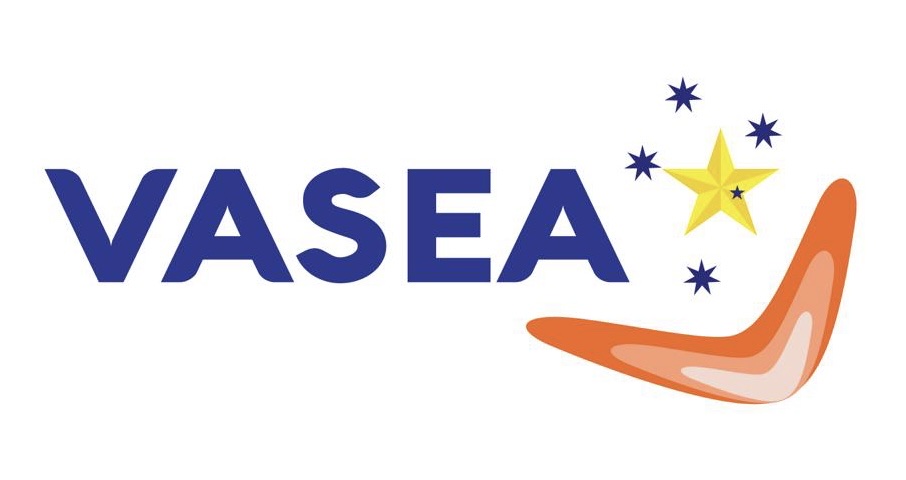[22 May 2023] Representatives of VASEA attended a conference in consultation with industry experts on developing policies to attract and promote foreign currency remittance resources organised by the Committee of Overseas Vietnamese in Ho Chi Minh City in coordination with the State Bank – Ho Chi Minh City Branch. Mr. Bui Viet Khoi, science and technology counsellor of the Vietnamese Embassy in Canberra, Australia, attended the conference.
Mr. Nguyen Duc Lenh, Deputy Director of the State Bank – Ho Chi Minh City Branch revealed that in the past 5 years, remittances transferred to Ho Chi Minh City accounted for a high proportion compared to the whole country. In 2018, remittances to Ho Chi Minh City were 4.7 billion USD; in 2019 were 5.5 billion USD; 2020 were 6.1 billion USD. Particularly, 2021 reached the highest level, up to 7.1 billion USD (up 16%). In 2022, Ho Chi Minh City is still the leading locality in remittances with USD 6.6 billion and in the first quarter of 2023. The amount of remittances to the city continues to grow positively with nearly USD 2.2 billion, up from USD 2.2 billion. 19.41% over the same period in 2022. In addition to the mechanisms and policies to attract remittances of the State Bank of Vietnam, the role and position of the city as a major economic centre of the country have a major impact of attracting remittances.
At the conference, Mr. Bui Viet Khoi said that Australia has approximately 350,000 Vietnamese-background Australians, most of whom are qualified and have relatively high incomes compared to the common ground. Therefore, it is very important to attract remittances from developed countries, including Australia. Overseas Vietnamese wants idle financial resources to be invested and have the highest efficiency; they can buy a house in Vietnam conveniently; and they want to invest in domestic production and business projects.
Dr. Nhan Le, Senior Lecturer, financial expert at the Australian National University (ANU) has contributed three solutions:
Firstly, increasing the quantity and quality of high-skilled labour
In order to attract remittances, it is necessary to increase the export of labour, especially high-skilled workers such as health care and information technology sectors in the manner of increasing the number of trees planted to develop forests. Currently, the quality of Vietnamese skilled workers in Australia is evaluated as the second-best after Indians due to their lower English proficiency. If the government can support English training for this force, this is a source of remittances with a high coefficient. In addition, it is recommended to create a separate fund to support labour export companies, and, at the same time, use social networks to exchange official information to this workforce.
Secondly, remittance transfer method
Previously, remittances were transferred through intermediaries such as Western Union… Currently, remittances can be transferred directly from an individual’s account in Australia to Vietnam and the transfer fee is lower. However, currently, finding information from commercial banks about this direct money transfer through the bank’s website is very difficult—almost none. Therefore, commercial banks should develop specific guidelines or information.
Thirdly, how to use remittances
Remittances sent to Vietnam usually go to the following 3 purposes: family spending, savings and investment. There should be a support fund for expatriates sending remittances, for example to reduce remittance costs. In addition, there is a referral programme for expatriates to open an account with this bank and have a favourable interest rate, for example in the first month or within the next 3 or 6 months. Doing so will reduce the chances of withdrawing money home to buy gold. Regarding investment purposes, there should be policies to encourage domestic investment in the form of FDI for expatriates.
The conference also listened to comments from representatives of the Vietnamese Association in Fukuoka Japan, the Vietnamese Entrepreneurs Association in the USA, etc.
